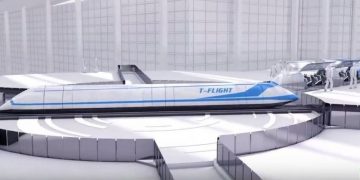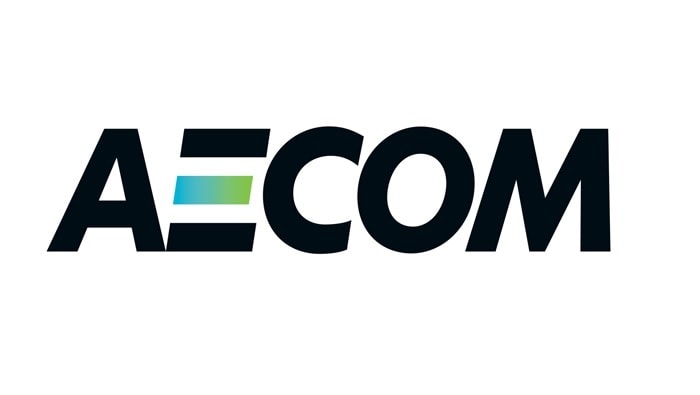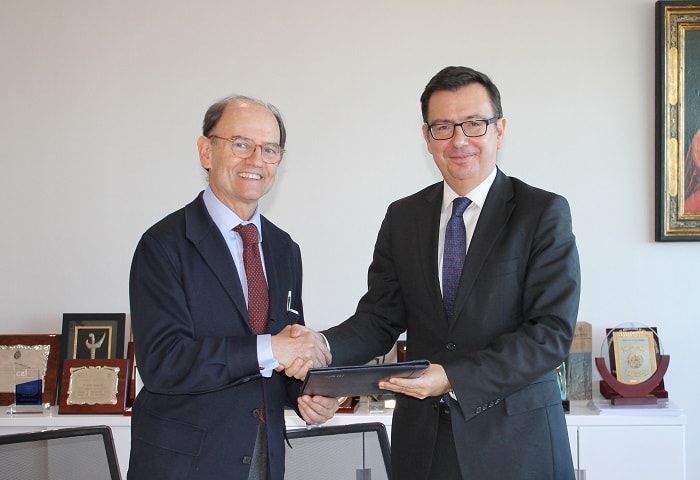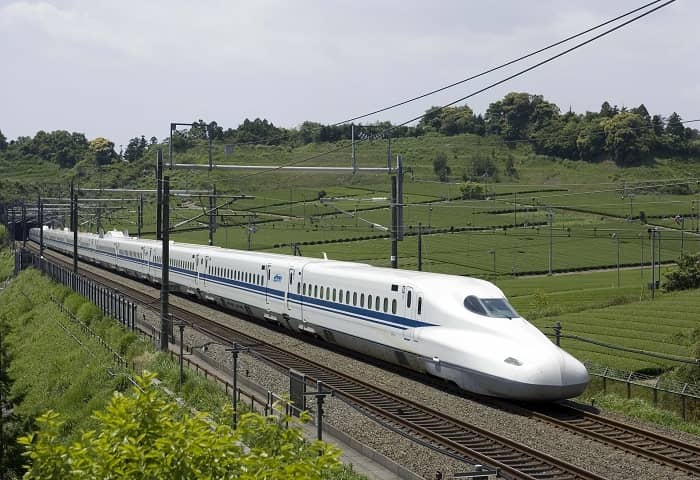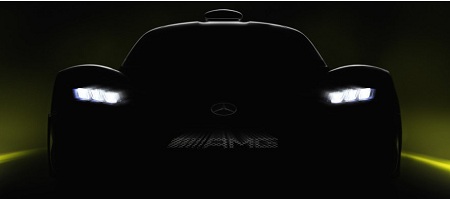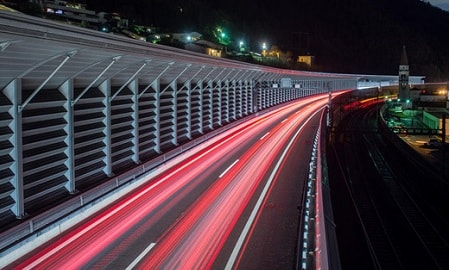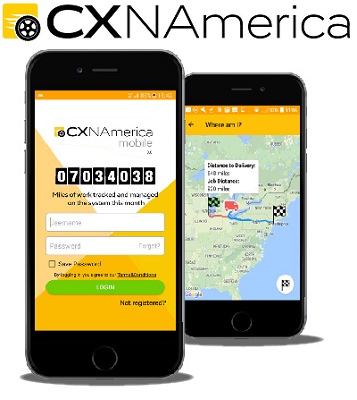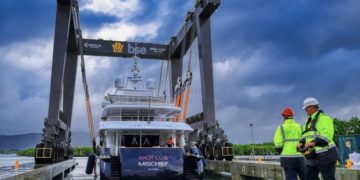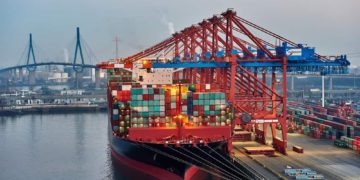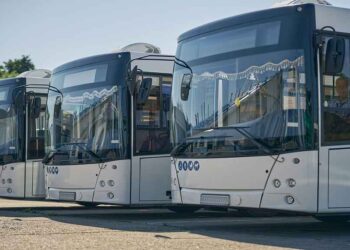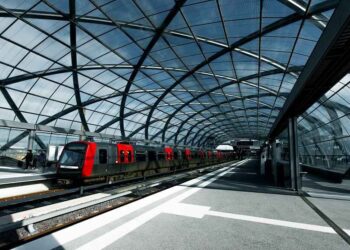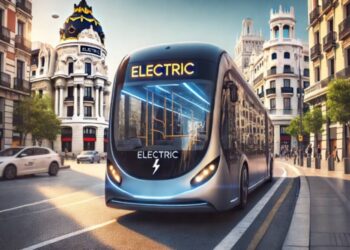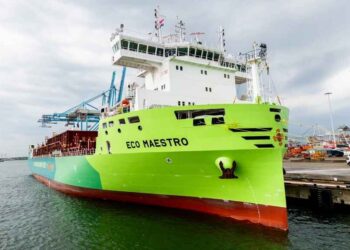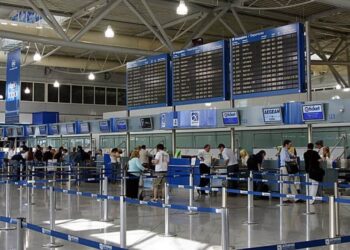The novel design-led think tank, 21st Europe, founded by Kaave Pour, who is the former creative director at SPACE10, went ahead and focussed on the future of the continent and has just unearthed Starline – a blueprint for a high-speed rail system that looks to connect Europe just as seamlessly as any other city metro. Unveiled at the think tank’s inaugural summit held in Barcelona, Spain, and developed in partnership with Bakken & Baeck, the creative technologies studio, Starline blends infrastructure, visual identity, and digital tools into one integrated vision when it comes to movement across the continent.
Added center is the proposal for a unified rail network, which is built on the existing as well as future infrastructure, thereby prioritizing journeys under three hours. And hence, making routes like Milan to Munich and Berlin to Warsaw highly competitive with air travel. Moreover, Starline also proposes a complete rethinking of the experience, right from a simplified digital ticketing system to a fresh high-speed rail system transit hub, as well as a robust visual identity which happens to be led through its blue train design.
The deep blue exterior of the train has been created as part of a collaborative visual system, thereby intended to make a clear and consistent identity across the borders. Rather than operating only as branding, the color and form happen to be a part of a spatial and infrastructural approach, thereby positioning the train itself as an architectural element that is in motion. The design happens to prioritize legibility and a sense of continuity along with recognizability, thereby reflecting the aim to treat mobility infrastructure as both practical and civic.
The proposed new high-speed rail system stations located outside the major cities are imagined as more than just being transit points. Designed in order to support logistics, crowds, and culture, these hubs look to become civic spaces in their own right, thereby having the capacity to host events, exhibitions, or even sports screenings. This concept is drawn from the historical relationship with rail as a public and social infrastructure that Europe has had, therefore reinterpreting it by way of contemporary needs as well as aesthetics.
There would also be a seamless digital platform, which would go on to replace the intricacy of national ticketing systems. The idea is to make cross-border travel very intuitive as well as frictionless, thereby removing any kind of barriers that at present discourage rail use across the continent. For 21st Europe, such digital cohesion is indeed significant as the physical infra when it comes to making rail is like a choice for short- as well as mid-distance travel. Well, there are projects such as TEN-T as well as numerous national high-speed rail system lines that have advanced rail travel across Europe. Starline looks to integrate design as a missing layer. Although it does not propose a novel system right from the word go, it goes on to tell a vision that brings together what exists into a coherent, legible along with a compelling whole. Due to Starline, 21st Europe goes on to offer a design starting point, a kind of provocation for how Europe and its rail future might look, feel, and operate in the coming years.




